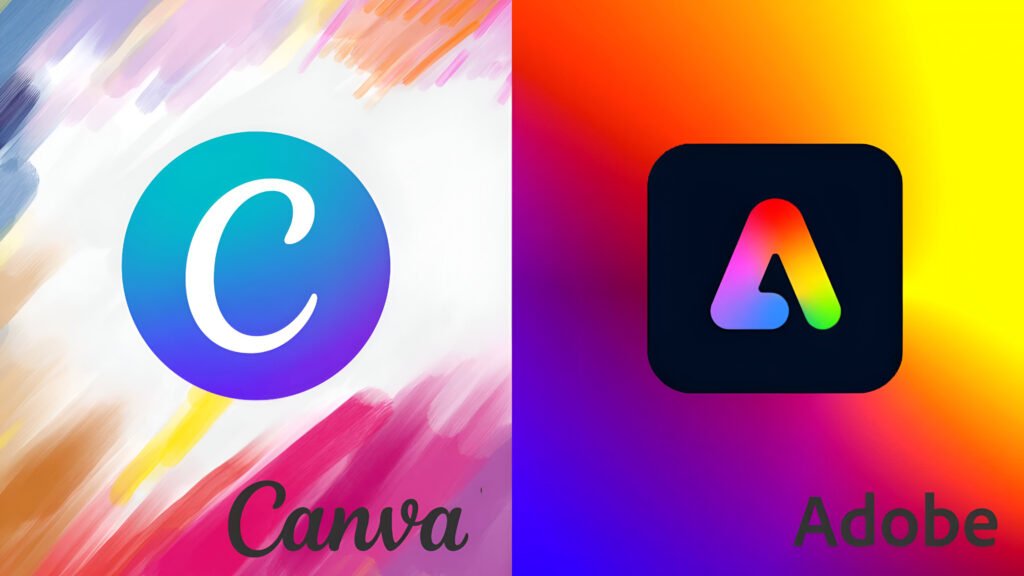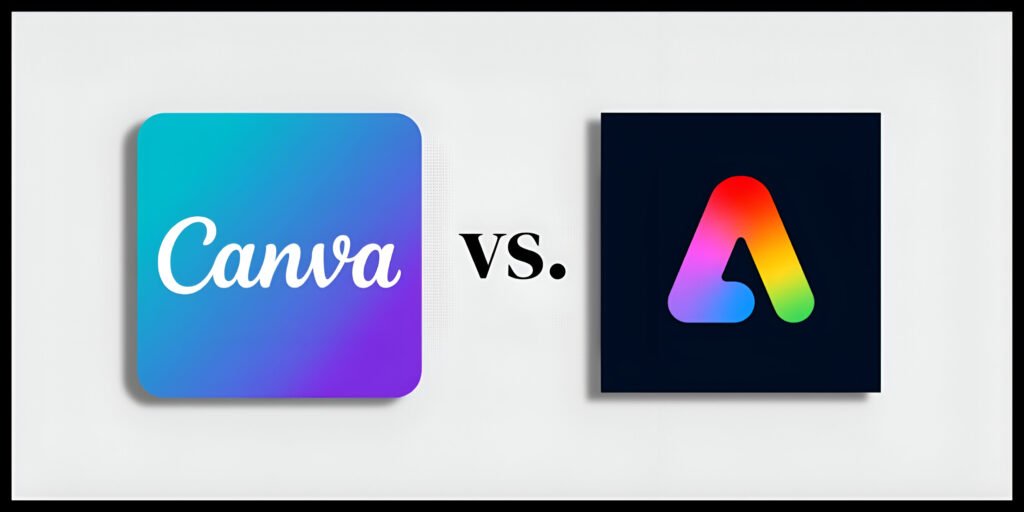
The field of creative design is changing more rapidly than ever before, owing to artificial intelligence. What took a team of experts and an eternity of working hours can now be achieved by just a simple prompt. AI-powered image generation tools not only streamline the creative process but also open up new avenues for individuals and businesses alike. In India, two giants are already spearheading this revolution — Adobe and Canva.
Both of these firms possess potent tools that are changing how we approach design. But who is really spearheading the creative AI revolution in India? Let’s dig in.
Adobe: Empowering Professionals with Firefly and Beyond
Adobe, one of the long-time leaders in creative software, has made big forays into the AI arena with its Firefly platform. Integrated into its well-known Creative Cloud suite, Firefly offers features like Generative Fill and AI-driven image generation while maintaining a strong commitment to ethical content practices through its Content Authenticity Initiative.
One of Firefly’s strengths, as told to us by Prativa Mohapatra, Vice President and Managing Director at Adobe India, is its training data. While most AI models draw upon questionable sources, Firefly takes its building blocks from content that Adobe owns outright or has licensed freely, making it a commercially sound environment with no copyright worries.
Recently, Adobe increased Firefly’s capabilities with the introduction of two new variants of its text-to-image model. One of the versions is optimized for speed, and the other is designed for users who need more in-depth, intense work. This provides users with flexibility based on the needs of their projects.
Adobe’s incorporation of Firefly into flagship applications such as Photoshop and Illustrator has provided a smooth workflow for professionals, enabling efficient, high-quality content creation. In addition, Adobe’s Creative Cloud access is not limited to images, providing sound libraries and other assets for a comprehensive creative environment.
Still, Firefly is not perfect. It does not have native vector generation and is still centered around still images for the time being. The tool is also priced at a premium level, which may be an obstacle for small companies or solo creators searching for affordable options. Mohapatra does recognize these shortcomings, adding that Adobe’s Express products are constantly changing to become easier for beginners as time goes on.
Canva: Making AI-Powered Design Accessible to Everyone
Whereas Adobe is the reigning champion in the business sector, Canva has cut through the noise by making design incredibly accessible to everyone, including non-designers. Canva’s investment in AI began more than seven years ago, well before the current wave of AI adoption.

Today, AI is embedded at every step of the Canva experience, from suggesting design ideas right on the homepage to generating images through its Magic Media tool. Driven by third-party models such as Stable Diffusion and DALL-E, Canva enables users to design visuals easily and quickly without requiring advanced technical expertise.
Canva co-founder Cameron Adams has highlighted the platform’s mission of making AI tools accessible and user-friendly at all levels of the design process. Background removal, copywriting suggestions, text-to-image, and its GenAI-driven “Magic Design” tool are all a part of this effort.
Furthermore, Canva’s localization strategy has been a game-changer, particularly in India. Acknowledging India’s diversity, Canva introduced a Hindi version of its platform so that millions of users could create and navigate the platform in their own language. This has proved to be a goldmine move — India has emerged as Canva’s fourth-largest market worldwide, and Adams feels it is only a question of time before India becomes the number one market.
Comparing Their Impact in India
Adobe and Canva both recognize huge potential in India. Adobe is targeting professional creative businesses that need strong, ethically sourced AI solutions. Mohapatra says adoption of Firefly is increasing steadily among creative companies throughout India, streamlining operations and improving output quality.
Conversely, Canva’s popularity is attributed to its affordability and ease of use. It has become the default design solution for startups, students, teachers, small companies, and even hobbyists who want to create professional-looking designs without breaking the bank on expert software or learning how to use it.
While Adobe’s software is perfect for those who already have a profound grasp of creative workflows, Canva provides a more general and novice-friendly solution, making design accessible to the masses.
Final Thoughts: Who’s Leading the Future?
The answer really does depend on who you are.
If you’re a professional creative, graphic designer, or large enterprise requiring high-quality outputs supported by ethical AI practices, Adobe’s Firefly and Creative Cloud ecosystem offer unparalleled capabilities.
But if you are a freelancer, small business owner, content creator, or simply new to design, Canva’s easy-to-use platform, AI-driven capabilities, and low cost make it the ideal sidekick.
As AI keeps revolutionizing the creative space, Adobe and Canva are both contributing incredibly—Adobe by equipping the professionals and Canva by empowering the masses. With India’s burgeoning digital economy, there’s more than enough space for both to succeed, and it’s an exciting time to be part of the creative fraternity.









